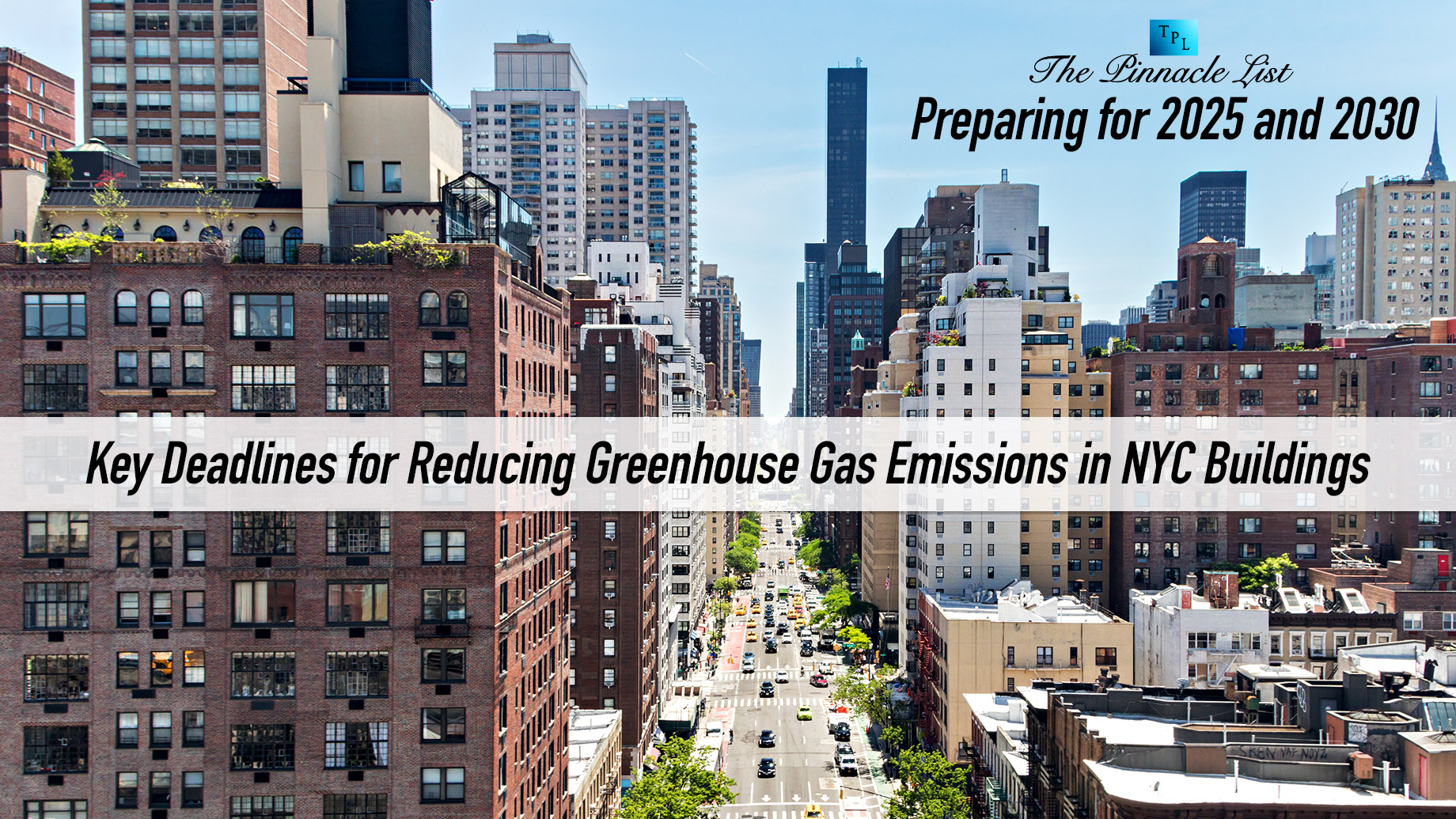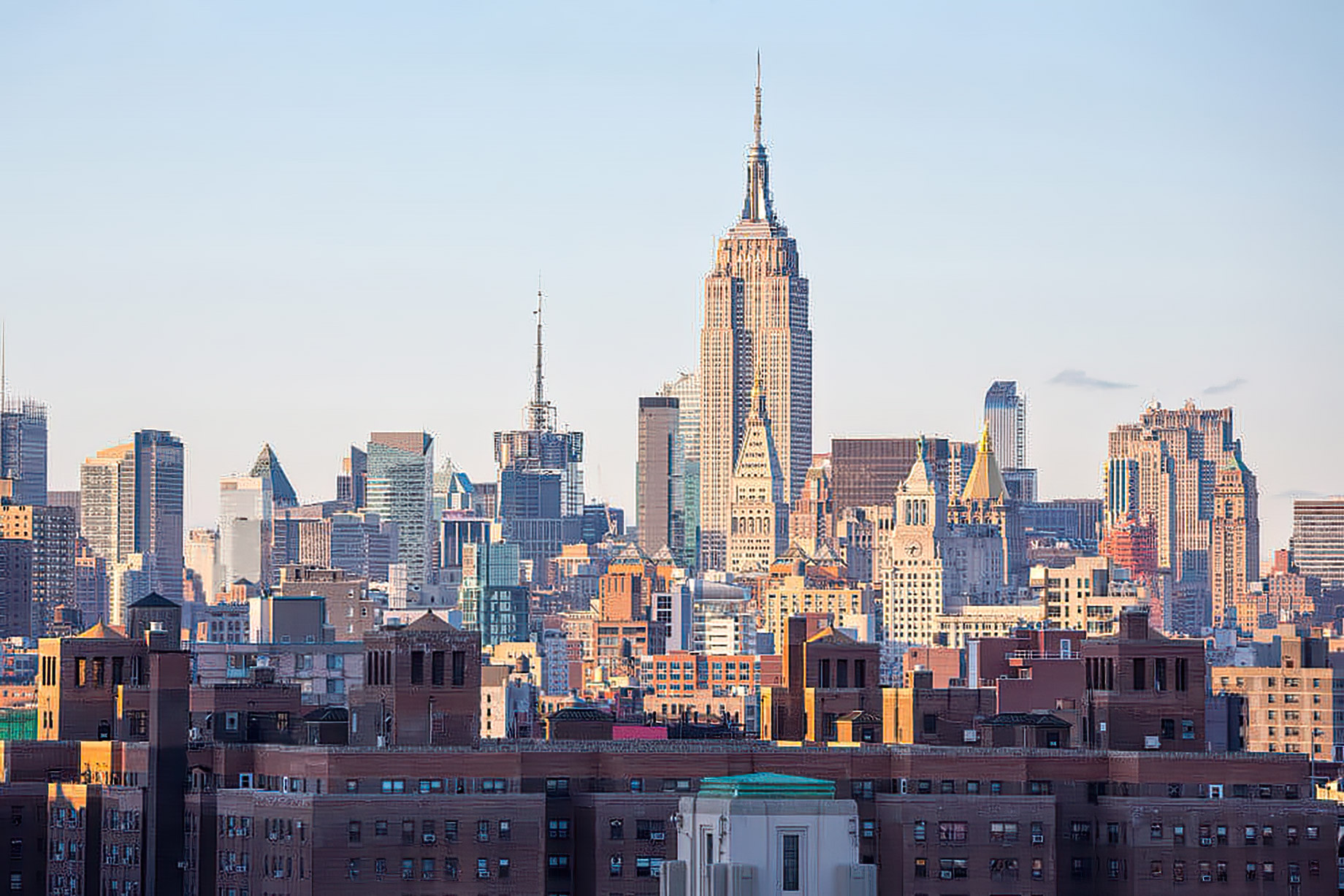
As the planet’s climate spins further into chaos, New York calls for sweeping repairs to the damage done. City leaders take bold steps to curb GHG emissions throughout every area under their control. Local Law 97 establishes specific goals to dramatically slash carbon output from structures as a key part of the visionary Climate Mobilization Act.
This landmark legislation mandates that building owners meet strict emissions caps or face heavy fines. However, achieving such dramatic reductions will require sweeping changes to the city’s iconic skyline and substantial investments from the real estate sector that fuels its construction. This piece explores the imminent deadlines property owners must address and the compliance requirements they must satisfy.
Overview of LL97
Local Law 97 is among the world’s most comprehensive bills targeting emissions from structures, mandating that sizable buildings—those surpassing 25,000 square feet—must adhere to particular carbon emission limits. Nearly 50,000 structures in New York City must satisfy reduction aims, covering a broad spectrum of sectors, like commercial, residential, and civic structures.
LL97 compliance is implemented in phases, with significant deadlines in 2025 and 2030, compelling owners to take meaningful steps now to accomplish necessary goals.
- 2025 Due Date: 25% reduction
- 2030 Due Date: 40% reduction
The regulation also comes with an overarching goal of reducing the city’s total GHG output by 80% by 2050.
Failure to abide by these targets can culminate in substantial penalties, calculated depending on how much a building surpasses its emissions limits. For example, buildings that exceed restrictions must bear a fine of $268 per metric ton of carbon overage.
2025 Compliance Deadline
The initial compliance period of 2025 will be the first time that NYC building owners must submit emissions reports and restrict their output to remain below LL97’s prescribed limits. For structures exceeding these thresholds, penalties will apply, and so proprietors are now crafting tactics to confirm they stay within permitted amounts by the deadline. This inaugural 2025 aim is meant as a “transition phase” to encourage swift activities while allowing owners more time to carry out more extensive renovations in subsequent years.
Thresholds are computed depending on usage type, meaning different benchmarks apply to office spaces, multi-unit housing, and other types of establishments. By 2025, all property owners must deliver their emissions information to validate adherence. Precise energy consumption data and carbon accounting procedures will be indispensable in demonstrating adherence to NYC Local Law 97 rules.
2030 Compliance Deadline
The impending 2030 environmental directives necessitate more ambitious carbon constraints. Structures fulfilling the 2025 benchmarks might need supplementary retrofitting, such as upgrading thermal insulation, installing highly proficient heating and ventilation systems, or incorporating renewable energy sources to satisfy the stringently restrictive 2030 caps.
Non-adherent buildings can anticipate steeper financial penalties in 2030, accentuating the importance of sustained emissions diminishment tactics. Meanwhile, owners of buildings falling short of targets face mounting compliance costs.
The 2030 deadline positions a stronger focus on building owners’ competence to compile, monitor, and communicate real-time energy statistics, confirming their approaches stay helpful. Progressive automated detection and reporting systems will be important to demonstrate consistent progress toward LL97 objectives.
Relaxation on the Deadline
In December 2023, certain relaxations were announced related to the 2025 and 2030 compliance due dates. This latter set of modified policies relaxes previously set emissions benchmarks and permits certain building owners to delay adherence for one additional year.
Initially, building managers had to submit their reports by May 1st, 2025. However, the newly established provisions make it possible for property owners to receive an extension to abide by the 2024 carbon ceiling until 2026, provided they exhibit “good faith efforts” in decarbonizing their structures.
Decarbonization Plan to Demonstrate Good Faith Efforts

One approach for exhibiting “good faith efforts” involves submitting a “decarbonization strategy” (verified by a registered design professional and includes an energy evaluation that is no older than four years) by May 1st, 2025. It illustrates how the building will achieve on-site emissions reductions by 2026.
Approximately 90% of buildings are expected to be compliant with the 2024 – 2029 emissions thresholds. The decarbonization strategy requirement arguably assists building managers in preparing for the more stringent 2030 emissions limitations.
Alternate Method to Showcase Good Faith Efforts
Submitting a “decarbonization strategy” is not the sole approach for building owners who want to take advantage of the relaxations. An alternative is to furnish proof that DOB has approved a complete application for the labor critical to abide by the initial reporting limitation, a timeline for completing the project, and the corresponding emissions reductions predicted to result.
If such work does not necessitate an application with DOB, though, a signed contract with the service provider performing such labor and evidence of payment can be submitted instead. Note that future laws will establish a distinct definition for “good faith efforts” for subsequent compliance periods.
Purchasing RECs
Renewable Energy Credits enable building proprietors to partly meet emissions standards under specific circumstances. RECs symbolize each megawatt-hour of clean energy delivered to the grid by solar panels, wind turbines, or different renewable sources. These tradable assets account for the “inexhaustible” elements of energy.
Nevertheless, if managers submit decarbonization blueprints, RECs cannot absolutely offset surpassing emissions throughout the preliminary five-year reporting period. Proprietors, subsequently, can’t depend solely on purchasing RECs to remedy the issue.
They should decide on appropriate retrofitting features that suitably address pollution. Otherwise, they will end up facing strict penalties for non-conformation.
Public Opinion on LL97
The updated Local Law 97 NYC regulations have drawn criticism from all sides. Some building owners have argued that retrofitting properties to abide by the law, even with exemptions for good faith efforts and purchasing carbon credits, demands too high a cost.
But this is a consistent stance held since LL97’s original passage. Meanwhile, certain environmental groups contend that the definitive policy is too lenient given the good faith efforts period deviates property owners from the urgency demanded by the climate crisis.
Despite the potential to postpone adherence resulting from the finalized rules, key commercial real estate stakeholders, including operators, developers, investors, lenders, and tenants, have to be proactive. They must seriously consider LL97’s impact on the full range of NYC property transactions, whether needing extra physical and legal review or negotiating LL97-specific terms into deal documents.
Navigating an issue as important as reducing emissions within the real estate sector while protecting the financial interests of all involved during this time of rapid change will be essential. With the different government incentives and reward programs available, property owners shouldn’t shy away from implementing measures for LL97 compliance.
Wrapping up
Local Law 97’s 2025 and 2030 deadlines signify more than merely regulatory benchmarks. They epitomize New York City’s resolute commitment to mitigating climate change and cultivating a sustainable future. For building owners, meeting these deadlines necessitates prompt, proactive steps.
As 2025 draws near, the time is now for building owners to strategize intelligently and implement the necessary changes to circumvent penalties and future-proof their assets. While the journey of achieving compliance may prove challenging, the advantages of a low-emission, energy-efficient building are well worth the effort.
If you need assistance dealing with the complexities of the LL97 NYC regulations, feel free to connect with the professionals at The Cotocon Group.